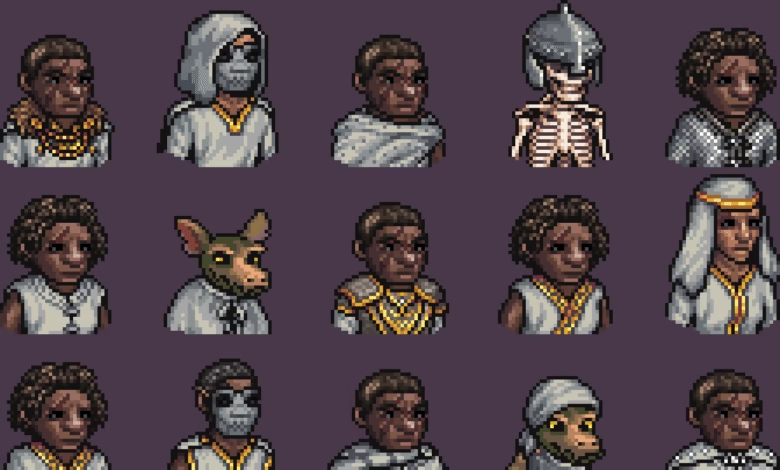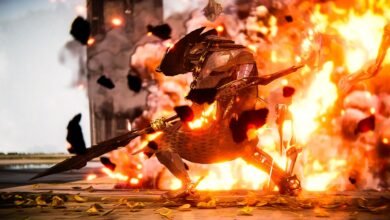Dwarf Fortress Now Lets Modders Add Custom Creatures & Items Easily

▼ Summary
– Dwarf Fortress is introducing a myth and magic update, starting with a Lua scripting overhaul to enable more modding capabilities.
– The update will allow procedural generation of myths, divine pantheons, and magic systems, requiring foundational changes to the game’s code.
– Modders can now access and modify previously hard-coded procedural generation systems, such as forgotten beasts and divine items.
– Early modding examples include creating new procedural creatures, metals, and even entire worlds with unique lore and mechanics.
– The changes open vast creative possibilities, from new weapon types to custom species, significantly expanding the game’s modding potential.
Dwarf Fortress has taken a significant leap forward in modding capabilities, giving players unprecedented control over creating custom creatures, items, and game mechanics. The latest update introduces Lua scripting support, fundamentally changing how modders interact with the game’s deep procedural generation systems. This overhaul marks the first major step toward the long-promised myth and magic expansion envisioned by developer Tarn Adams.
For over fifteen years, core elements like forgotten beasts, divine curses, and necromantic experiments remained locked away in hard-coded systems. Now, thanks to programmer Putnam’s contributions, these mechanics are fully exposed through modifiable scripts. The implications are enormous, modders can tweak procedural generation algorithms or introduce entirely new content without wrestling with the game’s notoriously complex codebase.
Early demonstrations showcase the possibilities. One example reveals how Lua scripts can generate unique forgotten beasts with custom traits, while another illustrates the creation of new adamantine alloys by blending existing metals. Kitfox Games, the publisher, highlighted chromatic metals that dynamically name themselves based on color in in-game languages like dwarvish. Even wilder concepts, such as procedurally generated were-insects or worlds dominated by warring titans, are now within reach.
The update doesn’t just cater to fantasy enthusiasts. Players obsessed with realism can fine-tune dinosaur species with accurate physiology, while weapon crafters might design intricate blade-forging systems. The sheer flexibility means mods could range from subtle tweaks to complete overhauls, breathing fresh life into the already boundless simulation.
Adams emphasized that this shift was necessary to support future updates, particularly the myth and magic expansion. By opening these systems now, the community can experiment and refine ideas long before official features arrive. For veteran players, it’s an invitation to reshape Dwarf Fortress in ways previously unimaginable, whether that means populating forts with grime-people or rewriting the rules of divine intervention.
With modding barriers lowered, the floodgates are open. The only question is how creatively players will seize the opportunity. Given Dwarf Fortress’s dedicated fanbase, the answer will likely be very.
(Source: PCGAMER)


